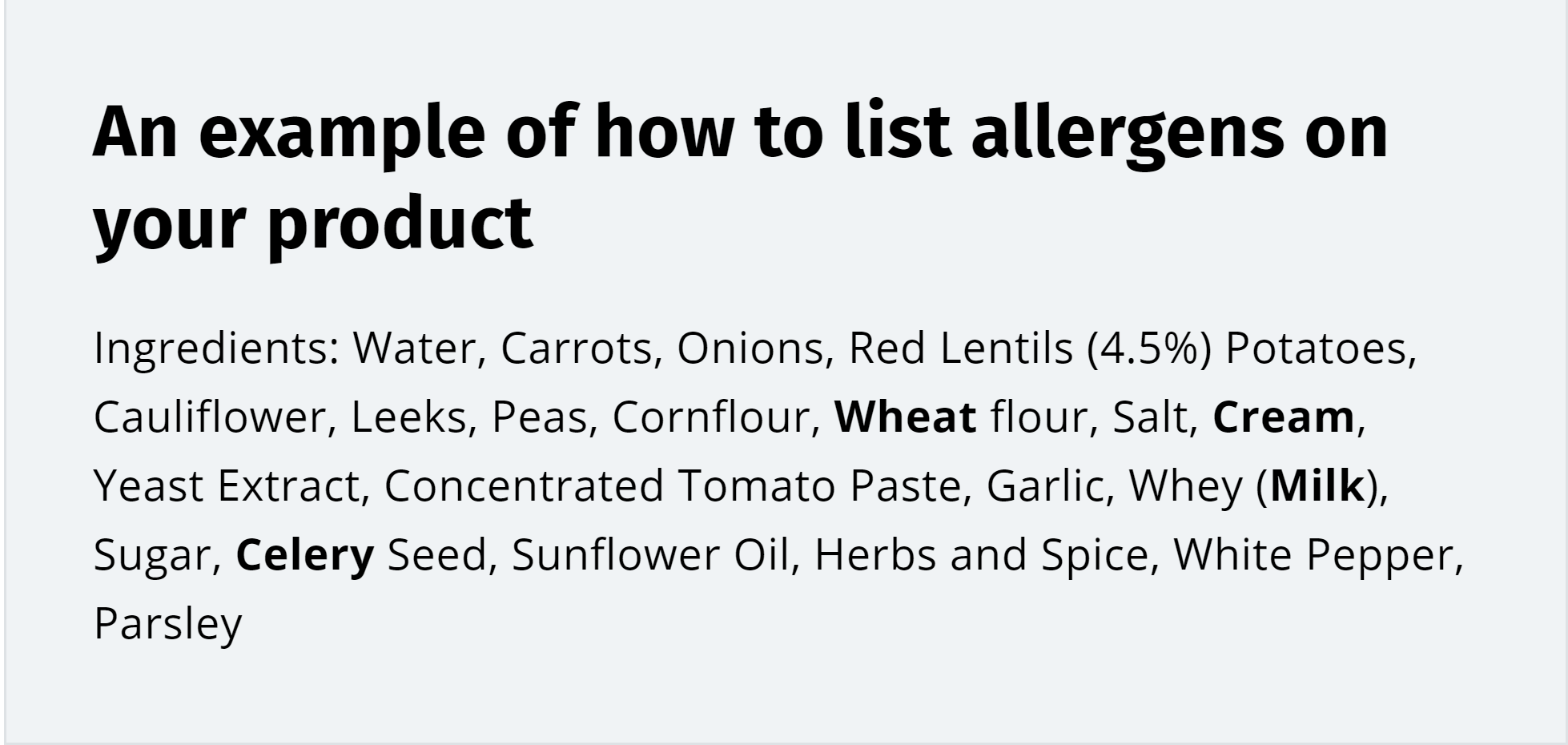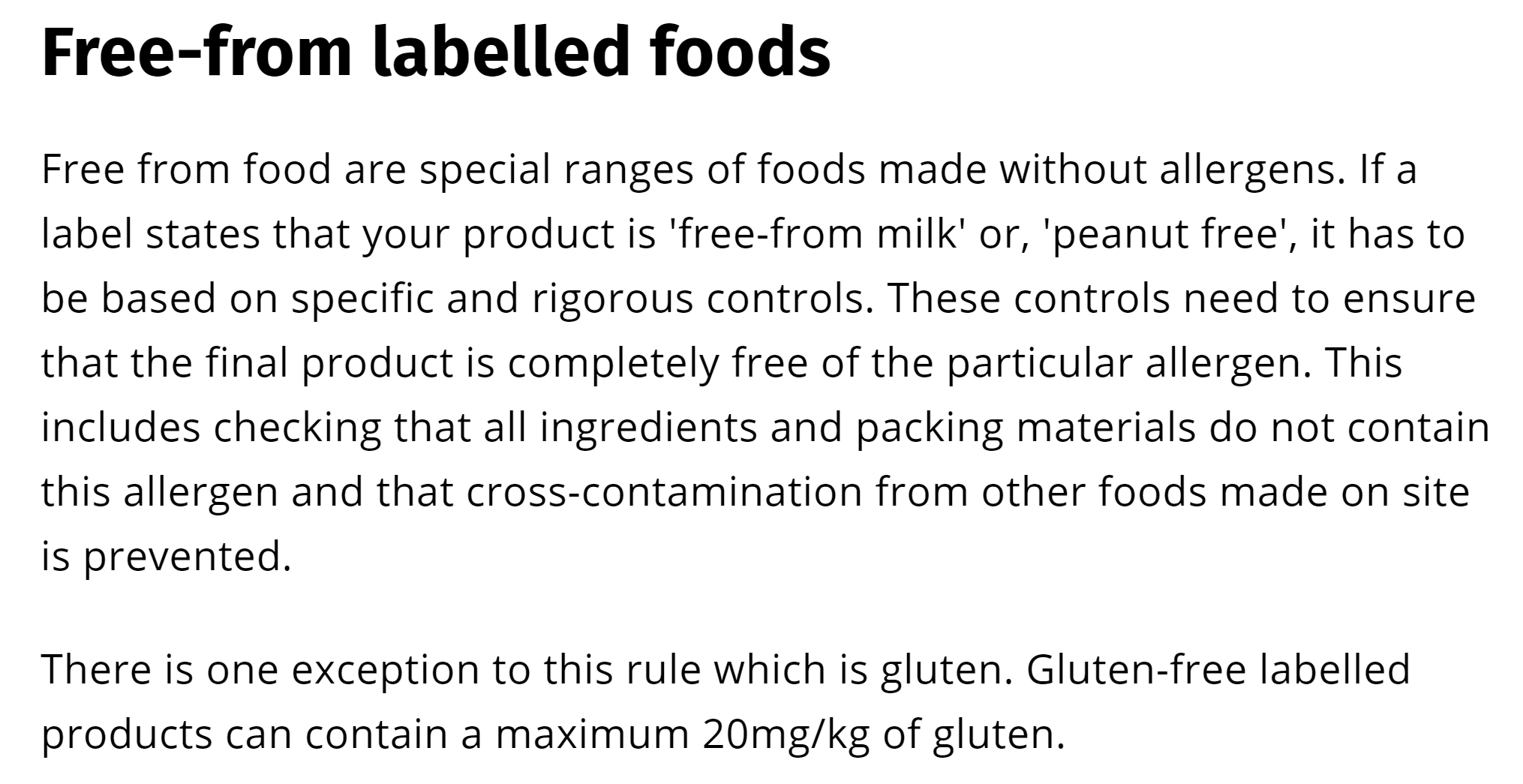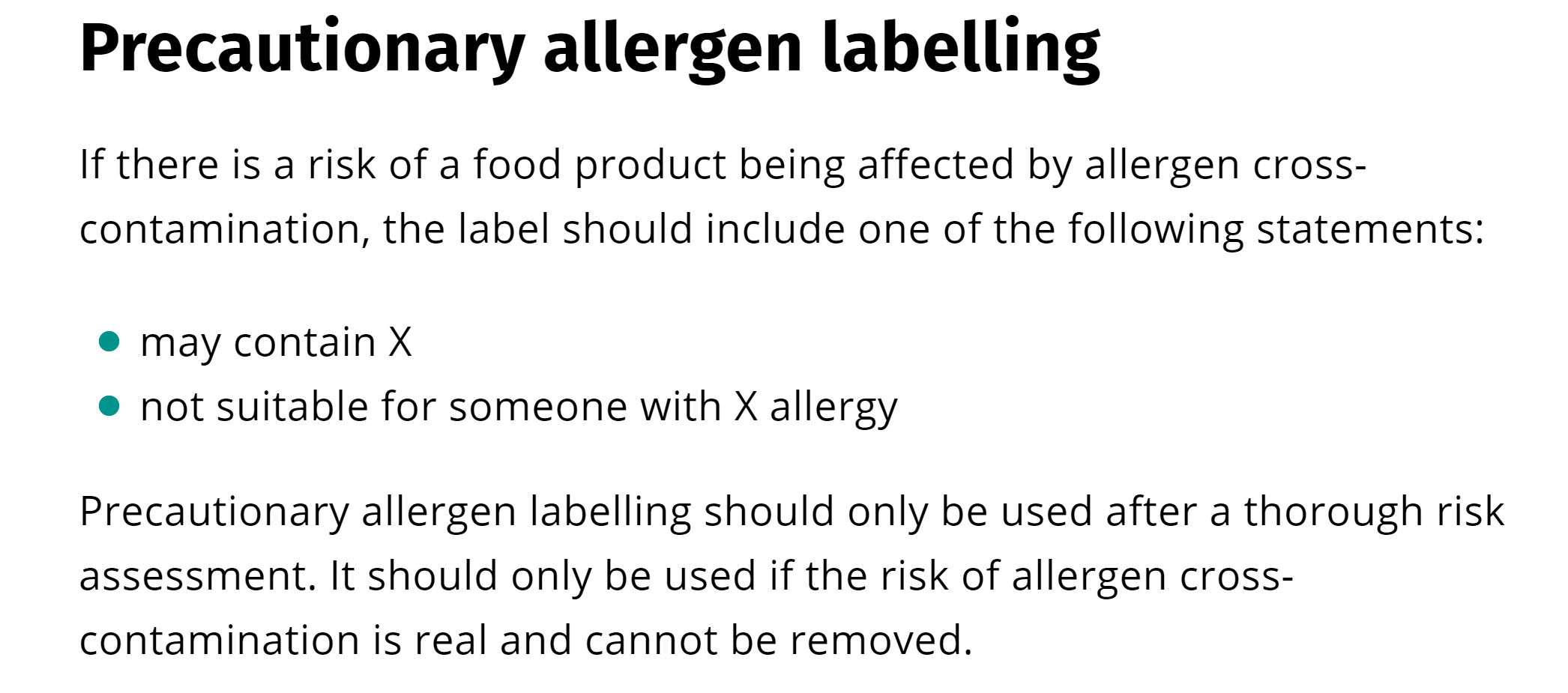Exploring the difference between intended ingredients and cross-contamination
The frustration of not knowing what to buy
Since shifting to a vegan diet, I have become increasingly aware of how stressful it can be to shop for someone who excludes certain ingredients from their diet. Whether the exclusions are motivated by faith, ethics, an intolerance, an allergy or a number of other reasons; unintentionally ‘breaching’ this can be equally stressful for the buyer and the recipient.
Is shopping really this complicated?
To be honest, it doesn’t have to be. Companies like Sainsbury’s are way ahead of other supermarkets when it comes to food labelling. Their own products are clearly labelled but Sainsbury’s don’t stop there! If you like looking or shopping online, Sainsbury’s make it so easy. I looked today and found 3207 items when I searched using the term ‘vegan’. In comparison, I’m sure Tesco has lots and lots of vegan items but their website only shows 64. I’m sharing this to show how awesome Sainsbury’s is when it comes to making shopping easy for their vegan customers.
So what makes shopping complex?
Most people don’t want to give a gift, which can’t or won’t be used by the receiver. I remember my cousins coming to our home a little while ago. They wanted to gift us some vegan chocolates. Unfortunately, they spent ages looking for ‘suitable for vegans’, not finding it and then having to scrutinise the listed ingredients to see if they could spot any non-vegan ingredients. Of course, some ingredients may as well be listed in a different language, because most people don’t know what they are. Had they gone to Sainsbury’s…
I jest but it really shouldn’t have been so difficult or time consuming for them!
How can companies make shopping easier?
There’s a difference between intended ingredients and cross-contamination. However, some brands are so terrified of their customers having some sort of bad experience, they’d rather tell them an item contained something, so they don’t buy it, rather than, explaining that it may contain an allergen because it was made in a factory where those ingredients are used!
Intended ingredients
Intended ingredients are those which are in the recipe. They are meant to be included in the food. There’s no doubt about its presence. If it’s one of the 14 allergens (more on this later), it should be clearly stated.
You must highlight allergens on the label using a different font, style or background colour. You must also list them in the ingredients.
The unintentional presence of allergens
This is about clarifying that although a specific ingredient isn’t supposed to be present, it might be, simply because it was made in a factory that makes other items that contain that ingredient.
Unintentional presence
Allergens that are, or may be, unintentionally present in products will not, of course, be labelled as ingredients.
Know the person you’re buying for
If I was buying something for someone who has an allergy, I wouldn’t risk buying them something that says may contain what they’re allergic to.
I accept that I can’t be fully vegan whilst I eat in non-vegan places, buying products made in factories using non-vegan items etc. and for that reason, if the intended ingredients are vegan, but there’s a warning that it may contain something I don’t consume, I would ignore the ‘warning’ and buy it.
If I was buying a gift for someone and I knew that they usually purchased things which warned them that an ingredient that they avoid may be present due to cross-contamination, I would be happy to buy it for them.
In the same way, if I know that someone isn’t happy to consume things that may unintentionally include an item that they don’t eat or drink, I would not buy a product that says it ‘may contain’ what they want to exclude.
If in doubt I would opt for free from products.
Free from foods
Does free from really mean free from? It’s supposed to mean just that! As you’ll see below, with the exception of gluten, there are rigorous controls in place to ensure that the final product is completely free of the particular allergen that it claims to be free from.
What happens when companies panic
When companies panic, they are extra cautious and it could be argued that they’re being deliberately misleading. Instead of adhering to the rules around ‘ingredients’ and ‘precautionary allergen labelling’, they simply say that their items aren’t suitable for vegans or vegetarians or other groups. They might say, we can’t say it’s vegan because of cross-contamination or we can’t say the ingredients are vegan for the same reason. This isn’t helpful for anyone!
The main allergens
There are 14 allergens which have to be listed. These are:-
Cereals containing gluten, i.e. wheat (such as spelt and khorasan wheat), rye, barley, oats
Crustaceans e.g. prawns, crabs, lobster, crayfish
Eggs
Fish
Peanuts
Soybeans
Milk (including lactose)
Nuts e.g. almonds, hazelnuts, walnuts, cashews, pecan nuts, Brazil nuts, pistachio nuts, macadamia
Celery (including celeriac)
Mustard
Sesame
Sulphur dioxide/sulphites, where added and at a level above 10mg/kg or 10mg/L in the finished product. This may be used as a preservative in dried fruit
Lupin, which includes lupin seeds and flour. It can be found in types of bread, pastries and pasta
Molluscs e.g. mussels, whelks, oysters, snails and squid
They are listed in Annex II of the EU Food Information for Consumers Regulation No.1169/2011 and Commission Delegated Regulation (EU) No. 78/2014 amending Annex II to Regulation (EU) No 1169/2011. Annex II outlines the 14 allergens (and products thereof) that must be labelled or indicated as being present in foods.
Further clarity around labelling
Allergens need to be easily spotted
The allergenic ingredients need to be emphasised using a typeset that clearly distinguishes it from the rest of the ingredients, for example by means of the font, style or background colour. Food businesses can choose what method they want to use to emphasise the 14 allergens on their product label.
What companies should do when an product isn’t expected to have a list of ingredients
When a product is not required to provide an ingredients list such as a bottle of wine, any allergenic ingredients within this product must be declared using a ‘contains’ statement followed by the name of the allergenic substance as listed in Annex II and Commission Delegated Regulation (EU) No. 78/2014 amending Annex II to Regulation (EU) No 1169/2011
What happens if there are lots of different ingredients that are derived from the same allergen?
Where several ingredients or processing aids in a food originates from a single allergenic ingredient, the labelling should make this clear for each ingredient or processing aid concerned. For example, skimmed milk powder, whey (milk), lactose (milk)
What precautionary allergen labelling should look like
This is what we should see if there’s a risk of cross contamination.
What you can do if companies aren’t labelling consumables the way they should be
Most sytems aren’t perfect. They need to be tweaked a little before they become what they should be. So I want you to feel empowered. Now that you know more about the legislation around labelling, if you find labelling misleading or confusing, try one of the following:-
contact your MP using Write To Them
search for the company online and message them directly using their contact information on the website
use social media, such as, Twitter or Facebook, to contact the company concerned
ask an organisation like The Vegan Society to help you
contact the company that is selling the brand that needs to amend its labelling
I would love to hear about your experiences around labelling. Get in touch using my contact form, Twitter or Facebook.
Related content
The Vegan Society on what to do when vegan takeout food isnt convenient
What’s vegan in Sainsbury’s?
Vegan options in Morrisons
Iceland launches a vegan range of products
Vegan items in Tesco
Vegan finds in Waitrose
What’s vegan in Asda?
M & S introduce a vegan range
Vegan chocolates
Biscuits and crackers that are vegan by accident
Vegan cosmetics reviewed
How to work out if something is vegan, not vegan or 'vegan by accident'
“Converting grass into [meat] is like converting coal to energy. It comes with an immense cost in emissions”




